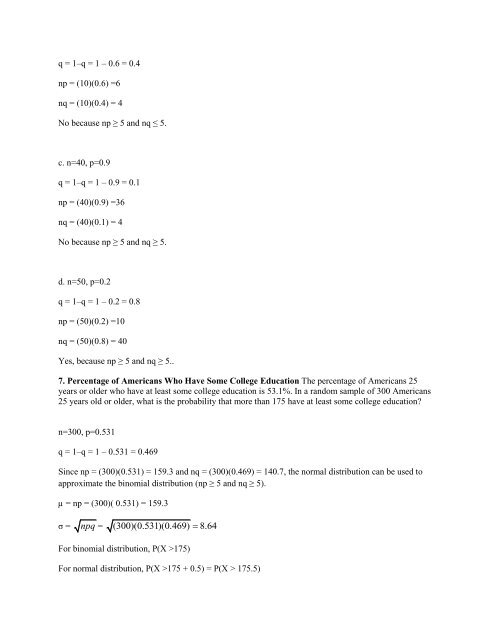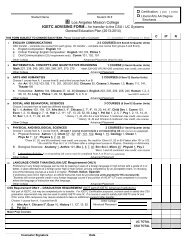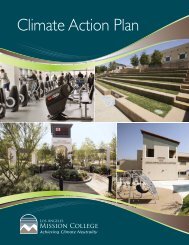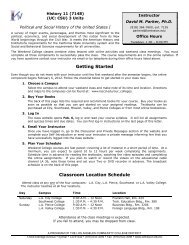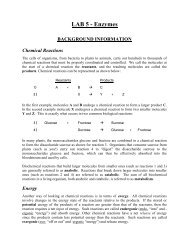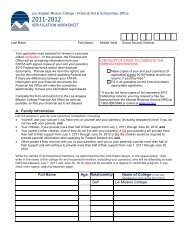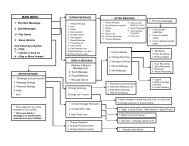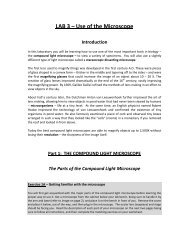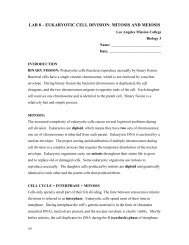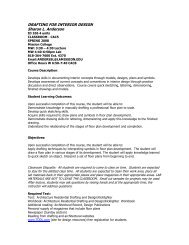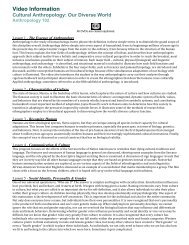Ch. 6.1 #7-49 odd
Ch. 6.1 #7-49 odd
Ch. 6.1 #7-49 odd
Create successful ePaper yourself
Turn your PDF publications into a flip-book with our unique Google optimized e-Paper software.
q = 1–q = 1 – 0.6 = 0.4<br />
np = (10)(0.6) =6<br />
nq = (10)(0.4) = 4<br />
No because np ≥ 5 and nq ≤ 5.<br />
c. n=40, p=0.9<br />
q = 1–q = 1 – 0.9 = 0.1<br />
np = (40)(0.9) =36<br />
nq = (40)(0.1) = 4<br />
No because np ≥ 5 and nq ≥ 5.<br />
d. n=50, p=0.2<br />
q = 1–q = 1 – 0.2 = 0.8<br />
np = (50)(0.2) =10<br />
nq = (50)(0.8) = 40<br />
Yes, because np ≥ 5 and nq ≥ 5..<br />
7. Percentage of Americans Who Have Some College Education The percentage of Americans 25<br />
years or older who have at least some college education is 53.1%. In a random sample of 300 Americans<br />
25 years old or older, what is the probability that more than 175 have at least some college education?<br />
n=300, p=0.531<br />
q = 1–q = 1 – 0.531 = 0.469<br />
Since np = (300)(0.531) = 159.3 and nq = (300)(0.469) = 140.7, the normal distribution can be used to<br />
approximate the binomial distribution (np ≥ 5 and nq ≥ 5).<br />
µ = np = (300)( 0.531) = 159.3<br />
σ = npq = (300)(0.531)(0.469) 8.64<br />
For binomial distribution, P(X >175)<br />
For normal distribution, P(X >175 + 0.5) = P(X > 175.5)


